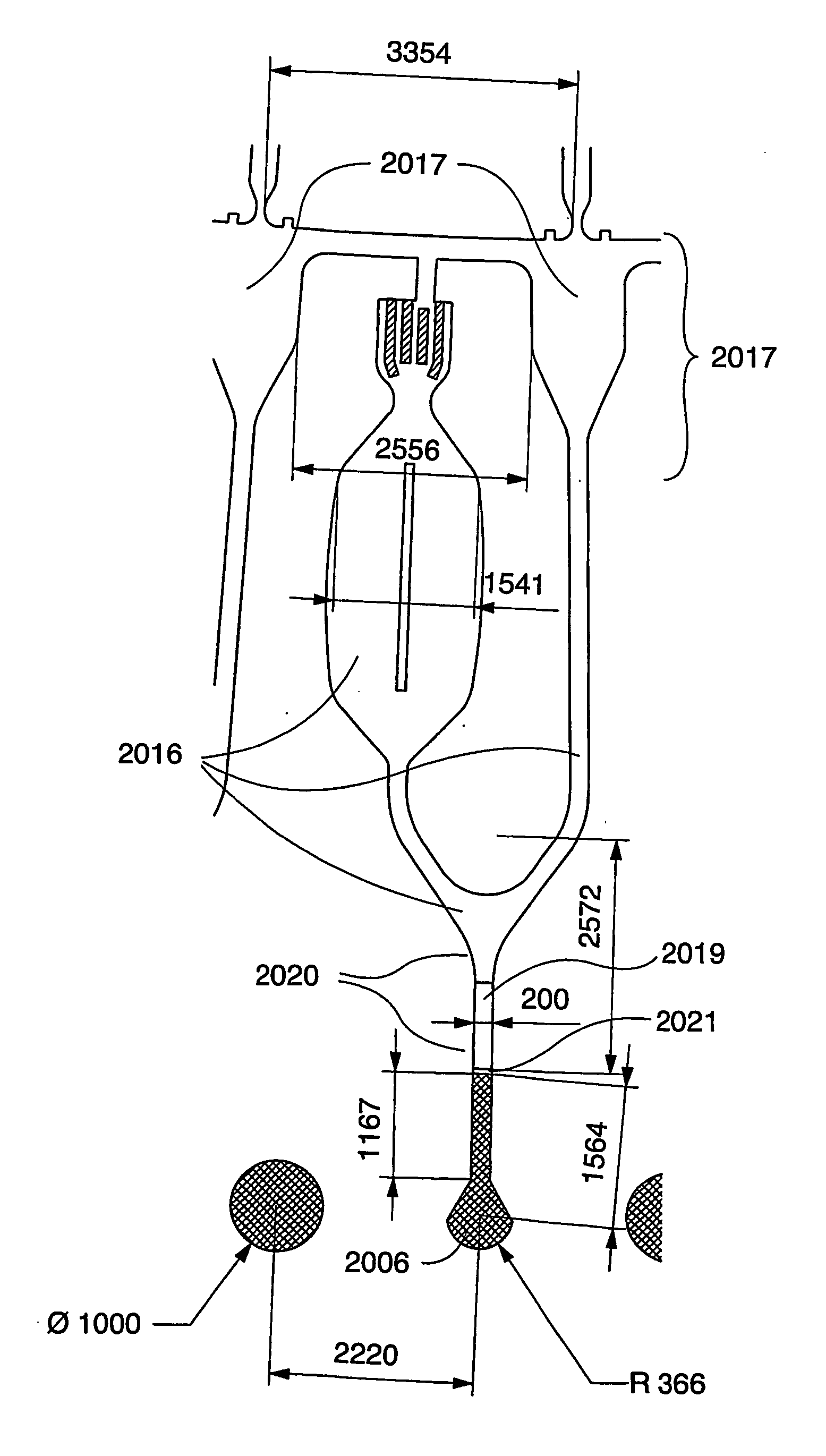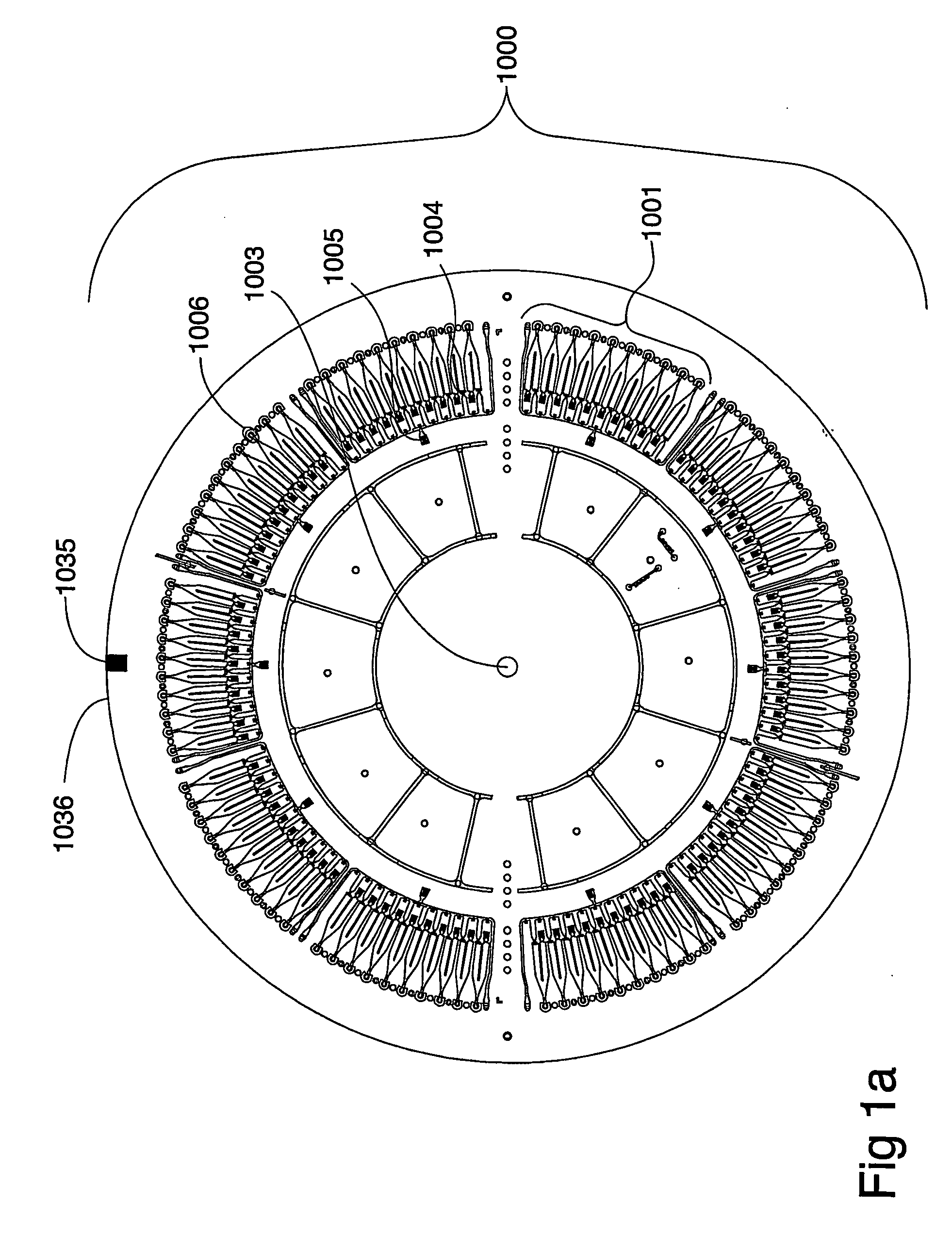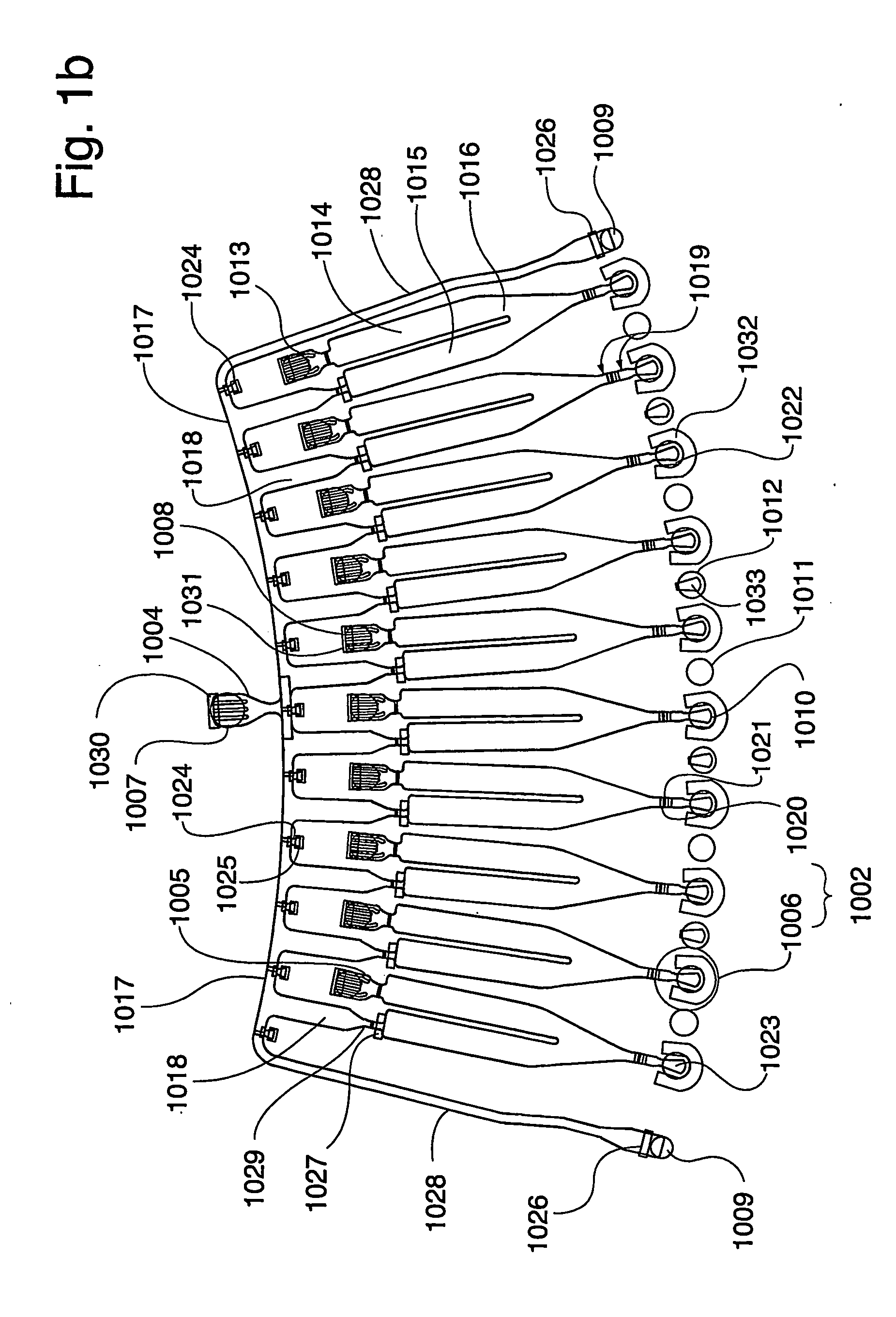Integrated microfluidic device (ea)
a microfluidic device and integrated technology, applied in chemical analysis using catalysis, material testing goods, chemical methods analysis, etc., can solve the problems of lowering the rate of digestion of the intended substrate, unacceptable interchannel variations in the results obtained both between and within the device, and difficulty in achieving fast and efficient digestion. , to achieve the effect of high accuracy
- Summary
- Abstract
- Description
- Claims
- Application Information
AI Technical Summary
Benefits of technology
Problems solved by technology
Method used
Image
Examples
Embodiment Construction
Methods and Instruments
Instrument for Handling the Microfluidic Device
[0165] The instrument for performing the experiment was a CD microlaboratory (Gyrolab Workstation, Gyros AB, Uppsala, Sweden). This instrument is a fully automated robotic system controlled by application-specific software. Microplates containing samples or reagents are stored in a carousel within the system. A high precision robot transfers samples from microplates or containers into the microworld of the CD. CDs are moved to the spinning station for the addition of samples and reagents. An application-specific method within the software controls the spinning at precisely controlled speeds controls the movement of liquids through the microstructures as the application proceeds. The CDs are transferred to a MALDI mass spectrometer for analysis and identification.
[0166] In the instrument sample and reagents are transferred from micro plates (containing typical volumes of 5 to 100 μl) to a microfluidic disc in ...
PUM
 Login to View More
Login to View More Abstract
Description
Claims
Application Information
 Login to View More
Login to View More - R&D
- Intellectual Property
- Life Sciences
- Materials
- Tech Scout
- Unparalleled Data Quality
- Higher Quality Content
- 60% Fewer Hallucinations
Browse by: Latest US Patents, China's latest patents, Technical Efficacy Thesaurus, Application Domain, Technology Topic, Popular Technical Reports.
© 2025 PatSnap. All rights reserved.Legal|Privacy policy|Modern Slavery Act Transparency Statement|Sitemap|About US| Contact US: help@patsnap.com



